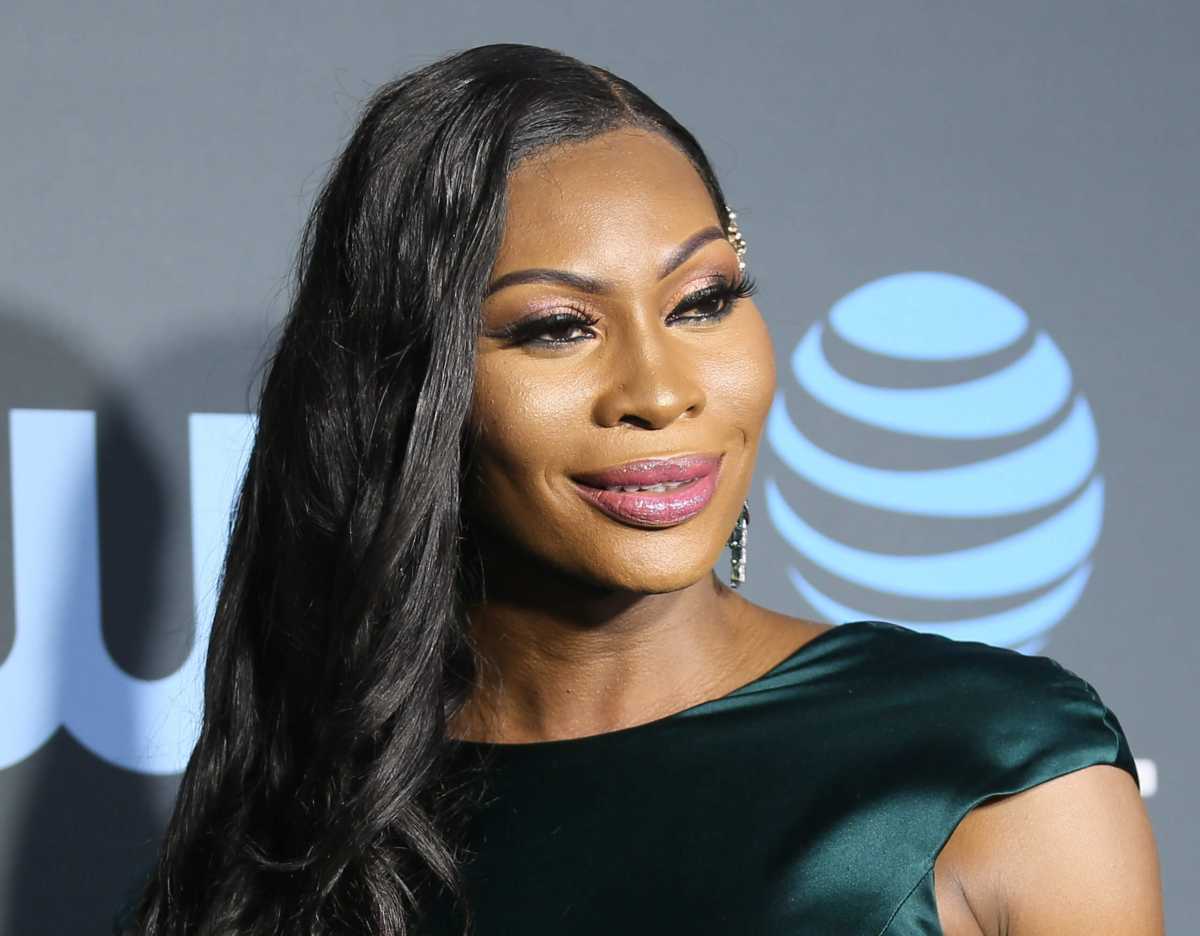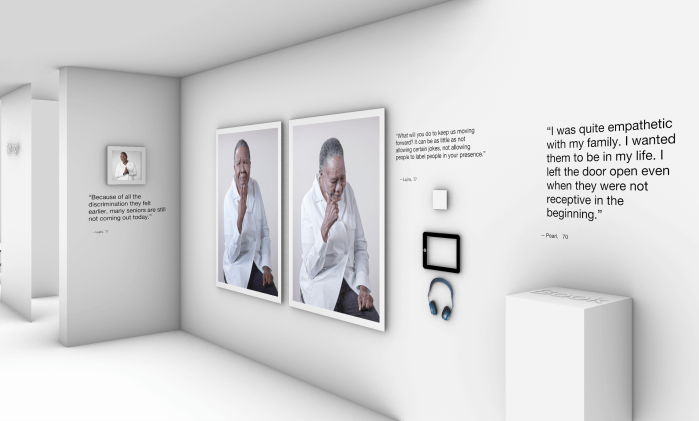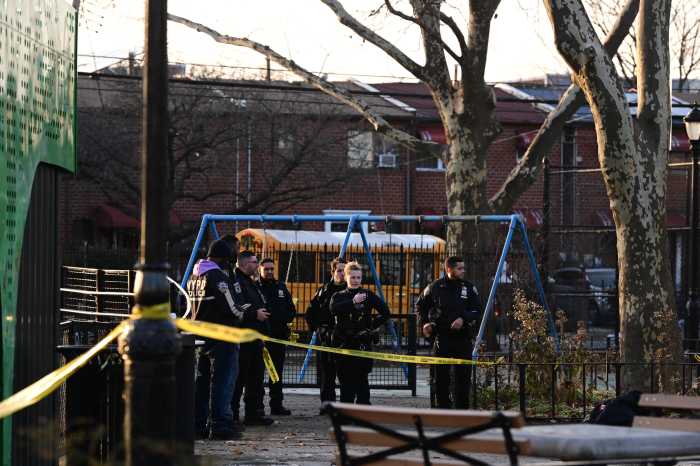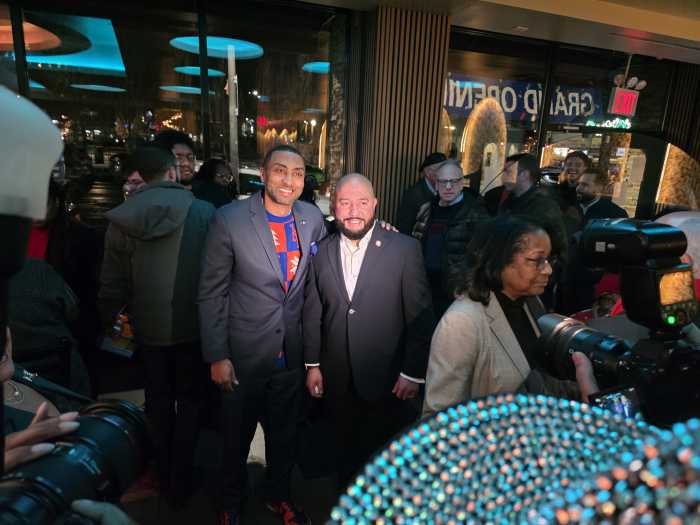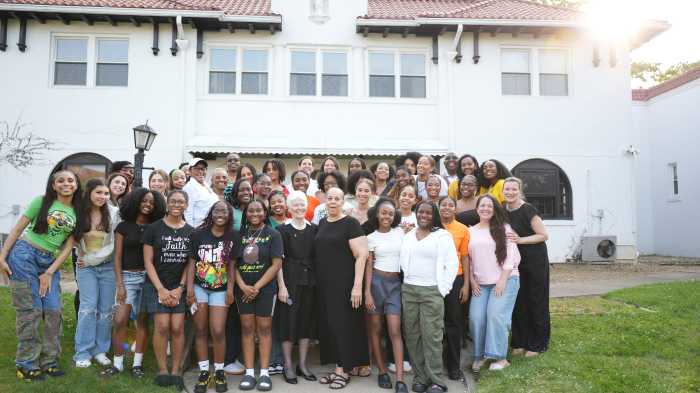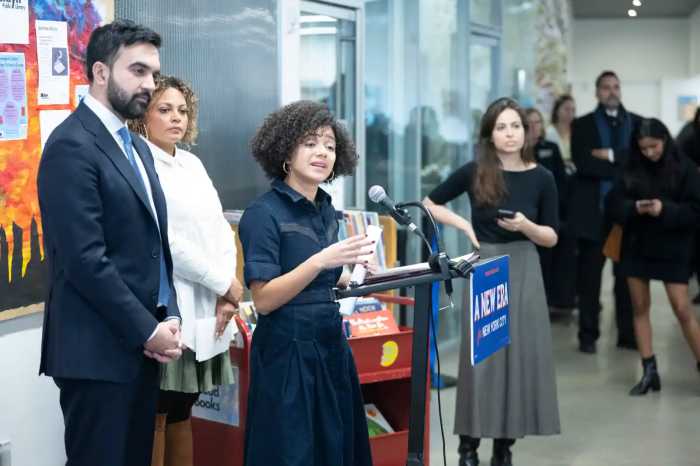LGBTQ representation on television has dipped for the first time in five years, according to GLAAD’s annual “Where We Are on TV” report for 2020-21.
Queer characters represented 9.1 percent of regular characters on primetime television after reaching an all-time high of 10.2 percent in 2019, according to the report, which evaluated broadcast, streaming, and cable shows slated between June of last year and May of this year.
Seventy out of 770 regular characters were LGBTQ and there were an additional 31 LGBTQ recurring characters — or those who reappear but not necessarily as frequently — on broadcast, which combined for a total of 101 queer characters. There was a steep dip in regular queer characters on primetime cable shows, which had 121 LGBTQ characters in last year’s report but just 81 this year.
The pandemic is contributing toward the reduction in LGBTQ representation, according to the report, though the pandemic also impacted shows without LGBTQ representation. Because of COVID-19, several productions and new series that could have added in queer characters ended.
The group is reporting a similar decline on streaming platforms such as Amazon, Hulu, and Netflix.
“There are 95 regular LGBTQ characters on original scripted series, a decrease from last year, as well as 46 LGBTQ recurring characters,” the study states. “This brings the total to 141 LGBTQ characters.”
Their findings show little representation of asexual characters, according to GLAAD. Last year, there was one asexual character on the now-canceled Netflix series, BoJack Horseman. This spring, one asexual character is slated to appear on a cable series. However, the character’s identity has been under embargo since the report was released, according to GLAAD.
Although LGBTQ characters took a hit this year, there was some progress.
On streaming platforms, bisexual characters are seeing more visibility. In the 2020-21 season, bisexual characters accounted for 28 percent of all LGBTQ characters on all three platforms, marking a two-percentage increase from 2019. Women outpace other genders in bisexual representation, with 65 women, 33 men, and one non-binary character identifying as bisexual.
According to GLAAD, there are 29 regular or recurring trans characters across all platforms, including 15 trans women, 12 trans men, and two trans characters who identify as non-binary. Overall, trans people are the only LGBTQ group to see an uptick in the number of characters on broadcast.
Women characters held steady on primetime scripted television when compared to last year. However, GLAAD found a slight drop in the number of LGBTQ people of color on broadcast television in 2020. Despite this drop, racial diversity appears to be growing among LGBTQ characters.
More characters have a disability on all media platforms, but this is still lagging behind real-life statistics. According to GLAAD, the number of characters with a disability increased from 3.1 percent in 2019 to 3.5 percent in 2020-21.
“This number continues to severely underrepresent the actual U.S. population living with disabilities,” the report states. “The number of characters with HIV/AIDS has significantly decreased from nine to three, all characters counted appear on FX’s Pose.”
Experts at GLAAD recommend including more LGBTQ majority casts. Several major broadcast networks have not produced a primetime scripted series with majority LGBTQ characters, researchers wrote. According to researchers, LGBTQ characters are all too often tokenized among several straight, cisgender characters.
“The trend is even more obvious this year as several shows were either canceled or are not expected to return in this research period, and the new programming premiering has not made up for this loss,” the report shows. “We’d like to see broadcast produce an outstanding series with an LGBTQ-centric cast like ‘Pose,’ ‘The L Word,’ ‘Queer as Folk,’ ‘Looking,’ ‘Banana,’ ‘Cucumber,’ and ‘Tales of the City’ which have been both fan and critical favorites.”
In 2019, GLAAD and Harris Poll’s Accelerating Acceptance study found that more people ages 18 to 34 identify as LGBTQ. These growing demographics prove that increasing diversity and including queer characters could improve their bottom line.
“If broadcast series want to win audiences — discerning consumers with multiple options — they must include LGBTQ characters,” the report shows. “Whose stories are new, interesting, told with depth, nuance, and authenticity, which reflect the full diversity of the LGBTQ community.”
To sign up for the Gay City News email newsletter, visit gaycitynews.com/newsletter.

